I think he is the best person we could think of to start with, he knows everything about what we are trying to achieve, it has more than 20 years of experience sending objects on the surface and at the bottom of the oceans for science missions.

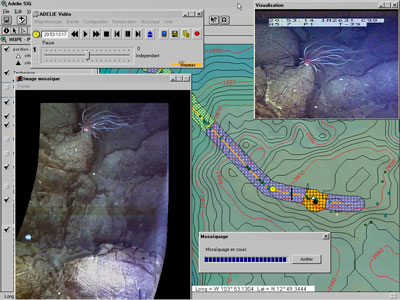

Flickr set of photos of IFREMER Brest.
General concept
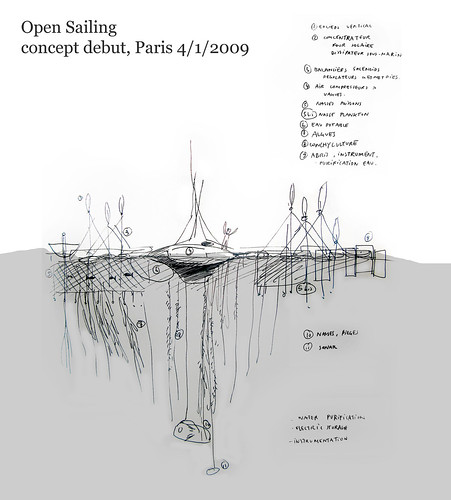
I presented him the general concept... He was very curious and patient.
He said, it looks like a sea farm (see aquaculture), with many floating modules.
It has a central shelter, looking like a submarine / flying saucer / fallout shelter with a weight at the bottom, a very smooth object with no flat face, to resist the 100t/m2 impact of 30m high waves.
In motion, static (farming), defensive.
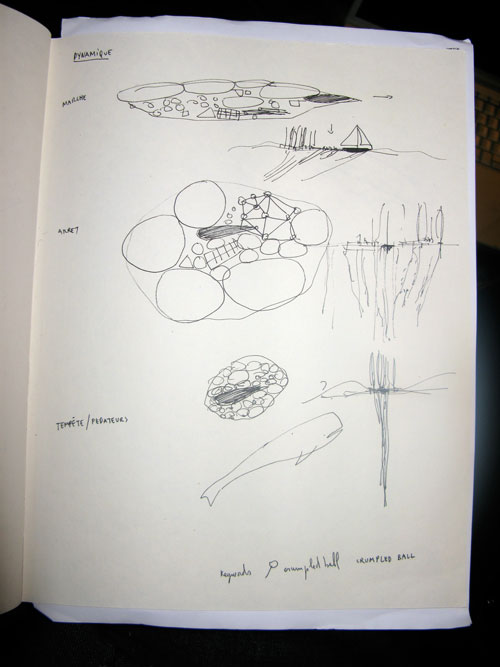
(Comments on above drawing) The idea is that a flexible structure, allows to:
1. Sail, dragging behing the various objects constituting the food, water and energy "farm".
2. Static, with a good weather, deploying the units, offering more space for culture, more stability.
3. Protective / retracted when the situation is threatening : more compact not to be dislocated in the violence of wind and waves, more vertical with weight concentrated to insure vertical sustain.
Materials
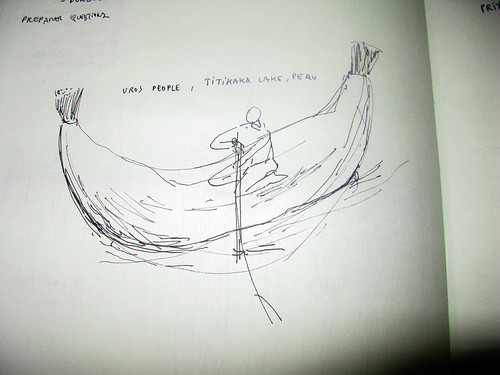
I pointed out my interest in building structures with organic materials, ocean-available material :
- to provide a "natural" habitat for fauna and flora
- to have a ressource that grows, like the Uros people - building ships in locally growing reed, or papyrus boats, knowing that will be a lot of maintenance work.
- simply not to become a form of pollution ourselves!
He was a bit skeptic on the use of ocean materials.
I presented Loic Dussud some ideas of energy modules I had, mostly LOW-FI adaptation of larger exisiting renewable technologies...
Quickly he redirected me to his colleague Jean Marvaldi, Specialist of renewable energies at the IFREMER, amazing person too.
The metronome solenoid
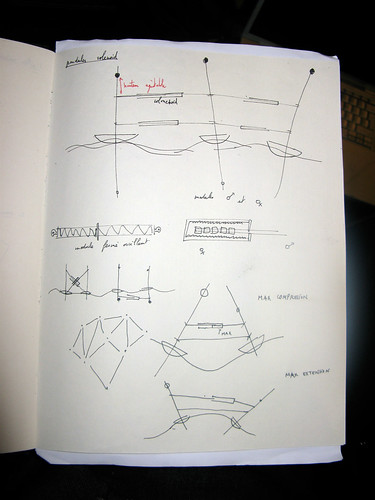
This energy system is based on a couple of physcial principles : the buoy, metronome, solenoid, spring.
 _
_ _
_
I observed that the Pelamis power principle is exellent, but it is too expensive to implement and difficult to scale up and maintain. I was very inspired by the shake torch (video). I bought one for £0.75, shaking for a minutes provided a reasonnable LED to light for almost 48hours non-stop... promising.

So the "metronome solemoid" system I propose is made of simple buoys that continuously move on the surface of the ocean, it is possible to amplify the movement of a single buoy by placing the counterweight higher when there is not much waves, lower when there are big waves. The intermediary arms, which are where the solenoid system is, produces energy when the structure is moved by its environment. Each module can have several "male &/or "female" parts, so you would need an articulated structure or "sexualy complementary" nodes to produce energy with. This system would be quite cheap, not very powerfull, but interesting for a small living unit. Tom Hulbert (luckybite.co.uk) pointed out that we need to do tests and calculations to see if it has some competitive potential versus solar or windmill power, or we can think of how to combine...
We might be interested in tensegrity mecanisms to have minimal sustaining structures:
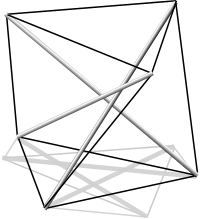 _
_ 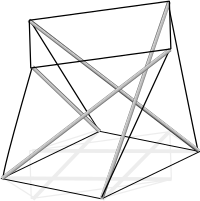
The air pressure module
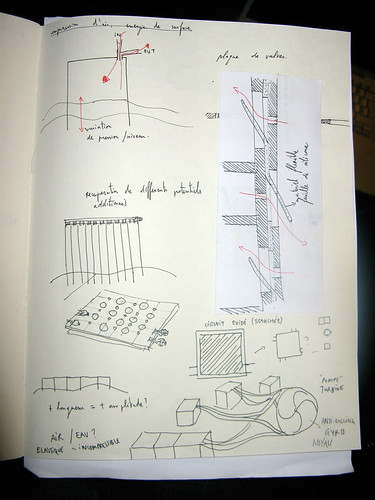
The air pressure is very simple idea too : having the minimum of moving parts to reduce maintenance and fragility.
It is a tiny scale adaptation of the wave or tidal power station above : just transforming air mouvement into electricity through a turbine.
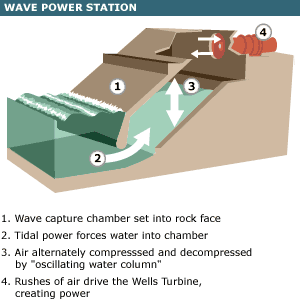
The ideas are :
- to divide the main air tube in many small tubes, each of them having their own pair of IN and OUT valves to harness even the smallest surface mouvements. The valves are made of a simple sandwich of 2 plastic plates holding a silicon (or maybe teflon) sheet with 3/4 - opened circles. Above the sandwich a layer of air circuit conveys air INPUTS and OUTPUTS to a central turbine, or for any type of work.
You can have many floating modules, or snap them into a platform, the bigger the platform, the more rigidity and more potential amplitude in wave oscillation -> energy produced.
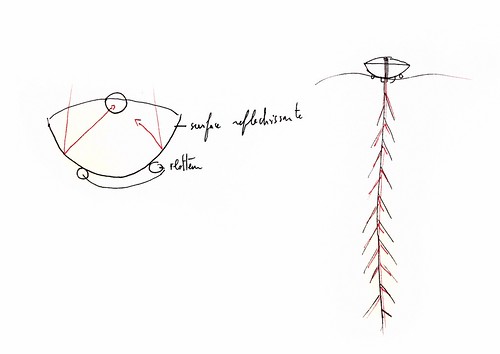
It is a very simple idea : concentrate sun heat and dissipating it in the water, creating a micro climate to attract certain variety of molluscs, fishes.
I am not sure what species we are likely to attract, we need to study this in depth, test this. Apparently any floating object is quickly colonised.
 _
_
solar oven, heat disspiation, sea shell culture, micro-climate
Energy animals VS energy network

So, I wonder if we may converge all these technologies into "hybrid energy animals", or, instead isolate the functions into modules that all feed into a central "mother" shelter?
The "energy animals" have been several times been preferred to modules : less connections, less cables = efficiency, economy, more robust.
For the implementation of the technology, Jean Marvaldi recommends to :
- test separately each technology and mesure the production of each component
- associate them and see if they cancel -or- amplify each other work...
Let's order the parts and try it up!
Loic Dussud introduced me to Yvon Legay of the Institute of marine Prevention in Lorient, and recommended me to contact prof. Paul D. Mitcheson, at the Imperial College London, researching in micro-power generators and their associated power electronics.
No comments:
Post a Comment
Please leave us comments, ideas, remarks, inspirations ...